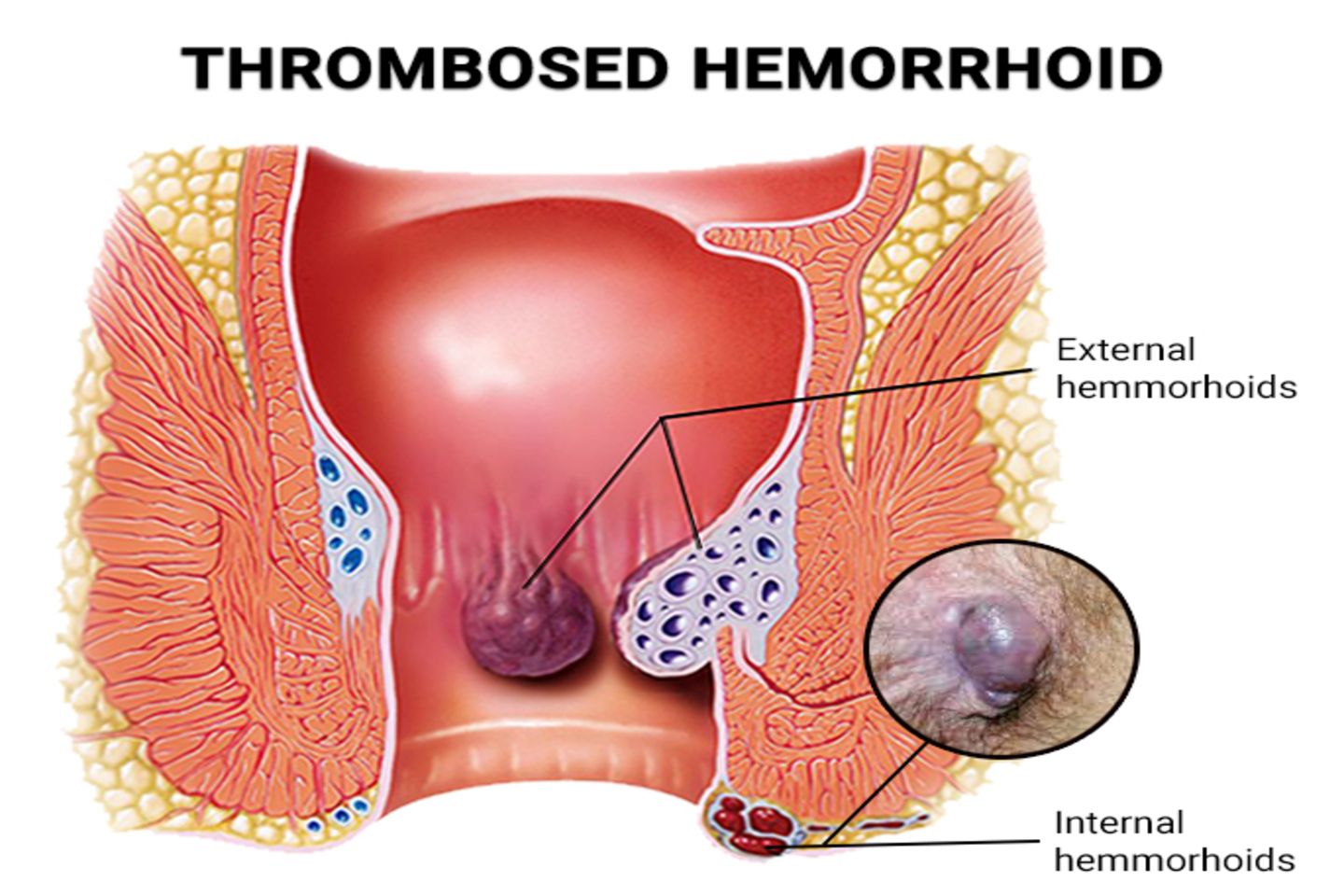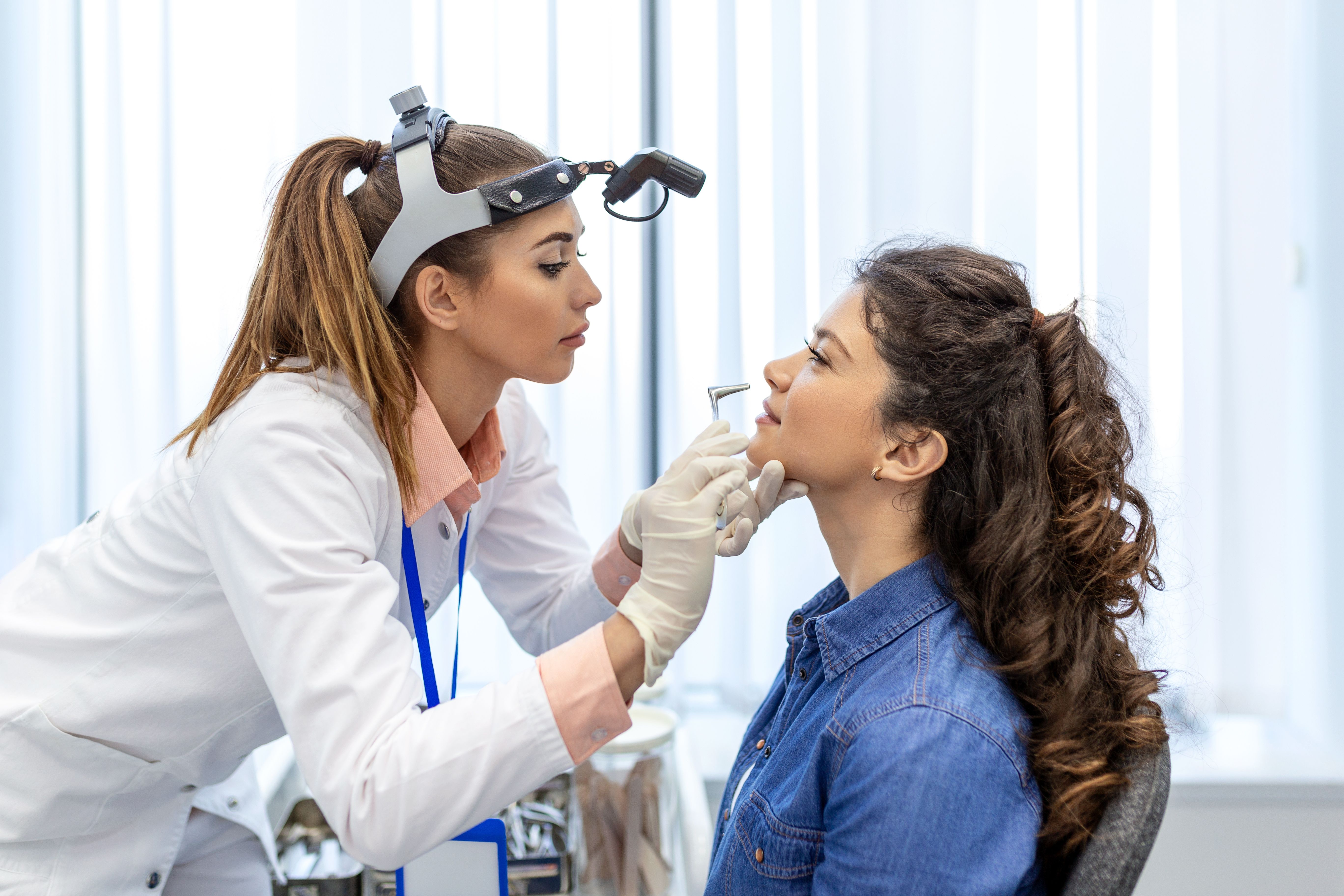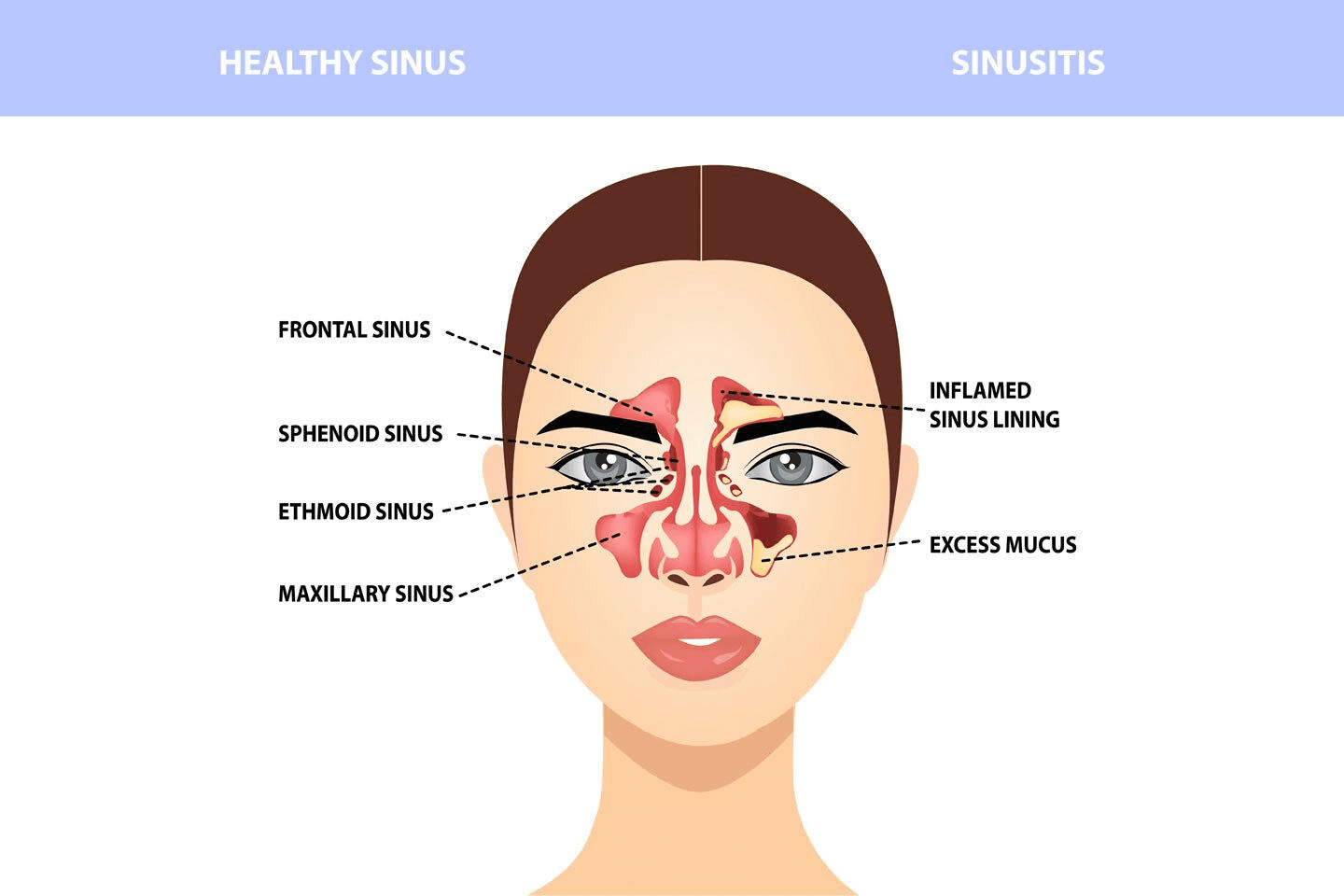
What are thrombosed hemorrhoids?
Hemorrhoids are swollen or inflamed veins in the anal and rectal area that can be painful, itchy, and sometimes bleed. A thrombosed hemorrhoid happens when a blood clot forms inside a hemorrhoid.[1] Think of it like a small, painful lump that develops when blood gets trapped and forms a clot inside the swollen vein. This blood clot blocks normal blood flow, causing the area to become very swollen, inflamed, and extremely tender. While it sounds scary, thrombosed hemorrhoids are not fatal - but they can be very painful.[1]
How do you know if you have a thrombosed hemorrhoid?
The main signs include:
Severe pain - especially when sitting, walking, or having a bowel movement. Many people describe it as feeling like sitting on a sharp stone.[1]
A visible lump - you can usually see and feel a hard, bluish-purple bump around your anus that's about the size of a grape or marble.[1]
Sudden onset - the pain and swelling typically develop quickly, often within hours.[1]
Bleeding - you might notice blood if the clot breaks through the skin, which can actually provide some relief from the pressure.[1]
Difficulty with daily activities - simple tasks like sitting at your desk or walking can become very uncomfortable.[1]
Types: External vs Internal Thrombosed Hemorrhoids
Thrombosed external hemorrhoids are the most common type and occur around the outside of your anus. You can see and feel these as painful, hard lumps. They're usually bluish or purple in color and extremely tender to touch. Thrombosed internal hemorrhoids are much less common and develop inside your rectum. You usually can't see these unless they become so swollen that they push out through your anus opening. Internal ones typically cause less pain than external ones, but may cause more bleeding.[2]
Usually, the doctor wants to know the history and severity of the symptoms and pain. A physical examination is then conducted. In the case of internal thrombosed hemorrhoids, the doctor may conduct a digital rectal exam or an anoscopy. If there is any rectal bleeding, a colonoscopy or sigmoidoscopy may be performed to rule out other potential causes.[2]
Thrombosed hemorrhoids Treatment
Most cases of hemorrhoids go away on their own with home remedies. These can be:
Warm sitz baths: Sit in 3-4 inches of warm (not hot) water for 15-20 minutes, 3 times daily and after each bowel movement. Add 2 tablespoons of Epsom salt to help reduce swelling. [3][4]
Over-the-counter pain meds and ointments: The doctor can prescribe you painkillers and topical ointments[3]
Ice packs: Apply a wrapped ice pack for 10-15 minutes at a time to numb the pain, especially during the first 48 hours.[4]
Keep the area clean: Gently clean with unscented, soft toilet paper or use flushable wipes. Pat dry, don't rub.[4]
Fiber and fluids: Drink plenty of water and eat high-fiber foods like fruits, vegetables, and whole grains to keep stools soft and prevent straining.[3][7]
The worst pain typically lasts 2-3 days, then gradually improves. Most people feel significantly better within a week. Complete healing takes 2-3 weeks - your body naturally dissolves and absorbs the blood clot during this time.[5]
What to expect during healing: The first few days are the most uncomfortable, but pain medications and warm baths can help. After about a week, you'll notice the lump getting smaller and less painful.[5]
After healing: You might be left with a small, soft skin tag where the hemorrhoid was. This is completely normal and harmless - think of it like a small scar. It might feel slightly itchy or noticeable, but won't cause serious problems[5]
Seek medical care within 48–72 hours if the pain is severe, as early treatment is most effective. If home remedies haven’t helped after a week of consistent care, consult a doctor. Also, see a doctor right away if you notice excessive bleeding or signs of infection such as fever.[6]
Minor office procedure: If you see a doctor within the first 2-3 days, they can perform a simple procedure to remove the clot. This involves numbing the area with local anesthesia, making a small cut, and removing the clot. Most patients feel immediate relief from this 15-minute procedure.[6]
After the procedure: You will continue with sitz baths and pain medication, but the severe pain will be gone immediately. [6]
When all fails, the doctor can go for a full hemorrhoidectomy, where the blood clot and its vessels are completely removed. Local anesthesia is usually given before the surgery. The patient may or may not need stitches following this procedure.[2]
How to prevent thrombosed hemorrhoids
Avoid constipation: A high-fibre diet (25–30g daily from fruits, vegetables, whole grains, and beans) helps keep stools soft and regular.[3][7][8]
Stay hydrated: drink at least eight glasses of water daily. Don't delay bathroom trips, go when you feel the urge, don't wait.[3][7][8]
Limit bathroom time: avoid sitting on the toilet for more than 5 minutes, reading or using your phone.[7][8]
Stay active: even a 15-minute daily walk helps keep your digestive system moving.[7][8]
Use a footstool: elevating your feet while on the toilet can make bowel movements easier.[7][8]
Avoid straining: never force or hold your breath during bowel movements.[3][7][8]
Going to your doctor when you cannot counter this condition and the pain with home remedies is essential. Regardless of what you know about hemorrhoids, it's always best to rely on your doctor's word.
STAPLERS FROM MERIL
MIRUS™ HEMORRHOIDS STAPLER: This MIRUS™ HEMORRHOIDS STAPLER is used during the surgical intervention (hemorrhoidectomy) for thrombosed hemorrhoids. It also becomes useful during Minimally Invasive Procedure for Prolapsed Hemorrhoids (MIPH) and Stapled Transanal Resection of Rectum (STARR). This device gives security, superior haemostasis, and ease of use. It also has an optimised staple formation with adjustable height staples.
The formation of hemorrhoids in adults is commonplace, and usually, home remedies should suffice. It's only when the condition is severe, as is the case of thrombosed hemorrhoids, does the doctor advise surgical intervention. Even then, the process's success and recovery rates are high. To not experience hemorrhoids of any kind in the long term, it is recommended to bring lifestyle and dietary changes into your routine. These are small steps that you can inculcate into your life to ensure there are no medical setbacks in the future.
References
[1] https://www.osmosis.org/answers/thrombosed-hemorrhoid
[2] https://pmc.ncbi.nlm.nih.gov/articles/PMC9110961/
[3] https://www.niddk.nih.gov/health-information/digestive-diseases/hemorrhoids/treatment
[4] https://www.webmd.com/digestive-disorders/hemorrrhoid-home-care
[5] https://www.medicinenet.com/how_long_do_thrombosed_external_hemorrhoids_last/article.htm
[6] https://pmc.ncbi.nlm.nih.gov/articles/PMC9110961/
[7] https://www.niddk.nih.gov/health-information/digestive-diseases/hemorrhoids/treatment
[8] https://www.verywellhealth.com/hemorrhoid-treatments-and-home-remedies-89353



